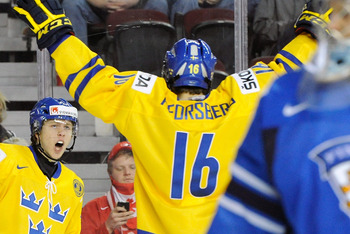Athletes are different. How different is always the question.
What happens after they leave their sport is the best view of how different they are.
No one enjoys seeing their sports heroes fall back to earth. You watched them soar with the eagles, then watched as they tumble back to normal.
And it’s always too soon. You follow a favorite player who always makes a difference then disappears? What happened? They got hurt, got old, or got lost inside a bad lifestyle.
Why don’t you follow retired athletes? Because they’re too much like you. You’ve been hurt, you’re getting old, and the lifestyle? You don’t talk about it.
Besides, what happens on the field is what really matters. You don’t get into any hall of fame for taking a shift on the kid car pool, volunteering in the classroom, or coaching rec-league sports.
You get in the hall of fame by dominating the opposition. Axon Sports works to make science part of the domination equation.
Every football player has said the same thing when they moved up from Pop Warner to high school to college to the NFL.
It’s faster at each new level. You can’t do the things you used to do because you keep getting exposed. You’re strong enough, fast enough, and understand the game, but you’ve lost focus.
You can’t see the way you used to because everything happens too fast for your brain to process. When you look at video you can see what you should have done.
You need help, the sort of help Axon Sports delivers. Their motto is “Train above the Neck.” And why not?
The five senses are sight, hearing, smell, taste, and touch. While four of the five are above the neck, most athletes focus their training below the neck. It’s 2014 and we’re finally getting past the dumb jock stereotype with cognitive science.
Cognitive?
From axonsports.com:
“The brain of an expert athlete is different. Whether it’s picking up a curveball out of the pitcher’s hand or spotting an open man out of the corner of their eye, athletes have to be experts at taking in visual information, processing that information into manageable ‘chunks’, and then making rapid and precise high-speed decisions.”
Are we talking about sports or Top Gun?
It’s not a stretch to say sports can be life and death in the abstract, but how do you make athletes understand how their actions today will affect their game in the future?
Athletes with poor health habits might be able to compete for a short time, but bad habits erode the edge others gain with advanced training.
“Whether it is a quarterback in the pocket, a point guard running a pick and roll, a soccer midfielder making a run or a hockey player anticipating a rebound, they have to see, process and understand not only what’s going on now, but what’s going to happen next. This is spatial reasoning – the ability to understand scenes in three-dimensions and predict how movement will change that dynamic.”
This is sports science at its best. The greats seem like fortune tellers, like the way Michael Jordan used to show up before games and ask opponents who he’s going to light up that night.
But not everyone’s so clairvoyant.
Last week local sports talk radio personality Jason Scukanec of 1080 The Fan mentioned Axon Sports and the University of Oregon.
From usatoday.com:
“One of the Ducks’ most important adopters of Axon’s program is junior quarterback Marcus Mariota, a preseason All-American and heavy Heisman Trophy contender.
“Mariota first used Axon when it was new to Oregon, which originally owned just one board; during its infancy with the program, Axon was used primarily as a tool for injured players or, for players like Mariota, a way to augment on-field work with added repetitions.
“’It’s a great tool for college athletes,’ Mariota said. ‘It provides an opportunity to kind of get live reps without going through practice. It’s all visual stuff, and the game’s like 80% mental anyway. So if you can get more mental reps, it will help prepare you for the season.’”
From Eugene to Philadelphia, Axon is changing the approach to sports one team at a time. With innovators like Chip Kelly looking for new ways to help his players, he and Axon are partners in sport.
Can the work of visualization and imagination go beyond athletes? How can you benefit from this cutting edge technology?
“Mental rehearsal and visualization has consistently been found to enhance performance in competitive situations, and have always been a cornerstone of the pre-competition preparation of elite. HOWEVER, recent research indicates that the brain’s power to imagine and visualize actually develops the neurological pathways associated with that skill, and practicing the work of visualization can enhance the development of the imagined skill.”
What’s this mean? If you build it, they will come?
Add The Sports Daily to your Google News Feed!
